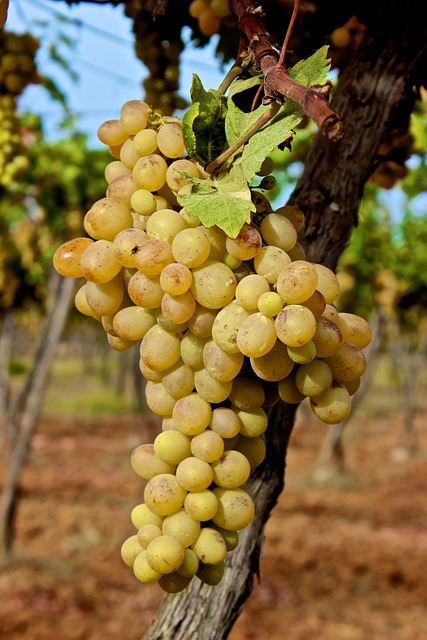Savoring the Sublime: Exploring Gastronomic Terroir
Embark on a sensory journey as we delve into the intricate world of gastronomic terroir. Discover how local ecosystems shape the flavors of our favorite foods and beverages, creating unique taste profiles that tell stories of place and tradition. From sun-drenched vineyards to misty mountain slopes, explore the delicious intersection of geography, climate, and culinary artistry.

Cheese: A Canvas of Regional Diversity
Few foods showcase terroir as vividly as cheese. The lush pastures of the French Alps impart distinct flavors to Comté, while the windswept hills of England’s Cheddar Gorge contribute to the sharp, tangy notes of traditional cheddar. Even within the same region, variations in altitude and grazing practices can result in dramatically different flavor profiles. Artisanal cheesemakers harness these environmental factors, creating products that serve as edible landscapes, capturing the essence of their surroundings in every wheel.
Coffee: Elevating Beans to New Heights
The world of coffee offers a fascinating exploration of terroir’s impact on flavor. High-altitude growing regions, such as Ethiopia’s Yirgacheffe or Colombia’s Huila, produce beans with bright acidity and complex floral notes. In contrast, lower-altitude areas like Brazil’s Minas Gerais yield coffees with nutty, chocolatey profiles. Factors such as rainfall patterns, soil pH, and shade coverage all contribute to the unique characteristics of each origin. Skilled roasters and baristas work to highlight these terroir-driven nuances, allowing coffee enthusiasts to embark on a global tasting tour with each cup.
Honey: Nature’s Golden Terroir
Honey serves as a liquid snapshot of its environment, with each jar offering a taste of the local flora. Bees foraging in fields of lavender in Provence create a delicately floral honey, while those buzzing through New Zealand’s manuka forests produce a rich, earthy variety prized for its medicinal properties. The diversity of honey flavors reflects the biodiversity of ecosystems, with mono-floral varieties showcasing the distinct characteristics of specific plant species. This sweet substance not only delights our taste buds but also provides valuable insights into the health of local environments.
Culinary Innovation: Chefs Embracing Terroir
Forward-thinking chefs are increasingly incorporating the concept of terroir into their culinary creations. By sourcing hyperlocal ingredients and foraging for native plants, they craft dishes that tell the story of their immediate surroundings. Restaurants like Noma in Copenhagen and Central in Lima have gained international acclaim for their innovative approaches to showcasing terroir on the plate. These culinary pioneers challenge diners to engage with their food on a deeper level, considering not just taste but also the intricate web of environmental factors that shape each ingredient.
Terroir Tips & Facts
• Soil type significantly influences grape flavor, with limestone soils often producing more mineral-driven wines
• The concept of merroir applies terroir principles to seafood, recognizing how ocean environments affect flavor
• Altitude can impact coffee bean density, with higher-grown beans generally considered more complex
• The term “gout de terroir” describes earthy flavor notes in wine that reflect the local terrain
• Microclimates within vineyards can create noticeable differences in grapes grown mere meters apart
• Some cheeses, like Roquefort, rely on specific cave environments to develop their characteristic molds
In conclusion, gastronomic terroir offers a captivating lens through which to explore the intricate relationships between food, environment, and culture. By appreciating the unique flavors imparted by specific locations, we gain a deeper connection to the earth and the artisans who work in harmony with it. As consumers become increasingly interested in the provenance of their food, understanding terroir allows us to make more informed choices and savor the rich diversity of flavors our planet has to offer. So the next time you enjoy a meal or beverage, take a moment to consider the invisible forces of terroir at play, and embark on a sensory journey to the very heart of its origin.





